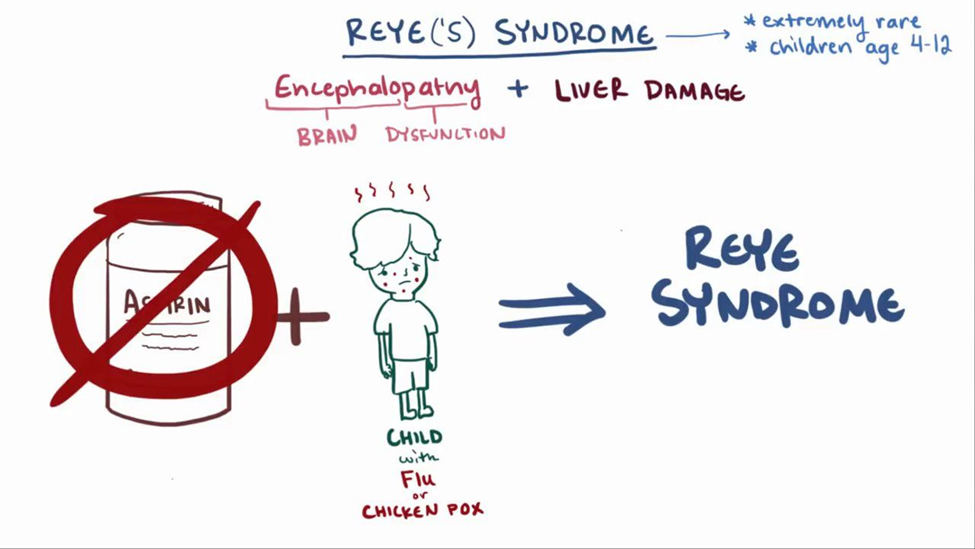Order: 1,000 mL. NS to infuse in eight hours. At what rate in mL/h will you set the pump?
The Correct Answer is ["125"]
`To calculate the rate of infusion in mL/h, you need to divide the total volume of fluid by the total time of infusion.
In this case, you have 1,000 mL of normal saline (NS) to infuse in eight hours.
Therefore, the rate of infusion is 1,000 mL / 8 h = 125 mL/h.
Nursing Test Bank
Naxlex Comprehensive Predictor Exams
Related Questions
Correct Answer is D
Explanation
A. Call the health care provider immediately to change the medication to oral.
Changing the medication to oral may not address the immediate issue of the burning sensation and feeling of heat at the IV site. This option focuses on changing the route of administration rather than addressing the current discomfort.
B. Continue the infusion and reassure the patient.
Continuing the infusion without addressing the patient's discomfort could lead to potential complications, and it is important to prioritize patient comfort and safety. Reassurance alone may not be sufficient if there is an issue with the IV site.
C. Flush the line with 10 mL of normal saline and continue the infusion.
While flushing the line with normal saline is a good practice to ensure patency, it may not resolve the issue if there is ongoing irritation or infiltration at the site. Continuing the infusion without addressing the patient's complaint might lead to further discomfort.
D. Discontinue the IV and restart the IV infusion in a different site.
This is the best action. Discontinuing the IV allows the nurse to assess the current site for signs of infiltration or irritation. Restarting the IV in a different site addresses the immediate issue, ensuring that the medication is delivered safely and effectively.
Correct Answer is D
Explanation
A. Aspirin has the potential to cause gastrointestinal (GI) bleeding in children.
While it is true that aspirin can cause GI bleeding, this is not the primary concern in this scenario. Reye's syndrome, a severe and potentially fatal condition, is the more significant worry when aspirin is given to children with viral infections.
B. Aspirin has the potential to cause hyperglycemia.
Hyperglycemia (high blood sugar) is not a known effect of aspirin in children. Aspirin is not typically associated with glucose metabolism issues.
C. Aspirin has the potential to cause ringing in the ears (tinnitus) in children.
Tinnitus can occur with aspirin use, but it is not the primary concern in this situation. Reye's syndrome is a more serious and immediate risk associated with aspirin use in children with viral infections.
D. Aspirin has the potential to cause Reye's syndrome in children.
This is the correct and most significant concern. Reye's syndrome is a rare but severe condition associated with aspirin use in children during or after viral infections. It affects the liver and brain and can be life-threatening.

Whether you are a student looking to ace your exams or a practicing nurse seeking to enhance your expertise , our nursing education contents will empower you with the confidence and competence to make a difference in the lives of patients and become a respected leader in the healthcare field.
Visit Naxlex, invest in your future and unlock endless possibilities with our unparalleled nursing education contents today
Report Wrong Answer on the Current Question
Do you disagree with the answer? If yes, what is your expected answer? Explain.
Kindly be descriptive with the issue you are facing.
